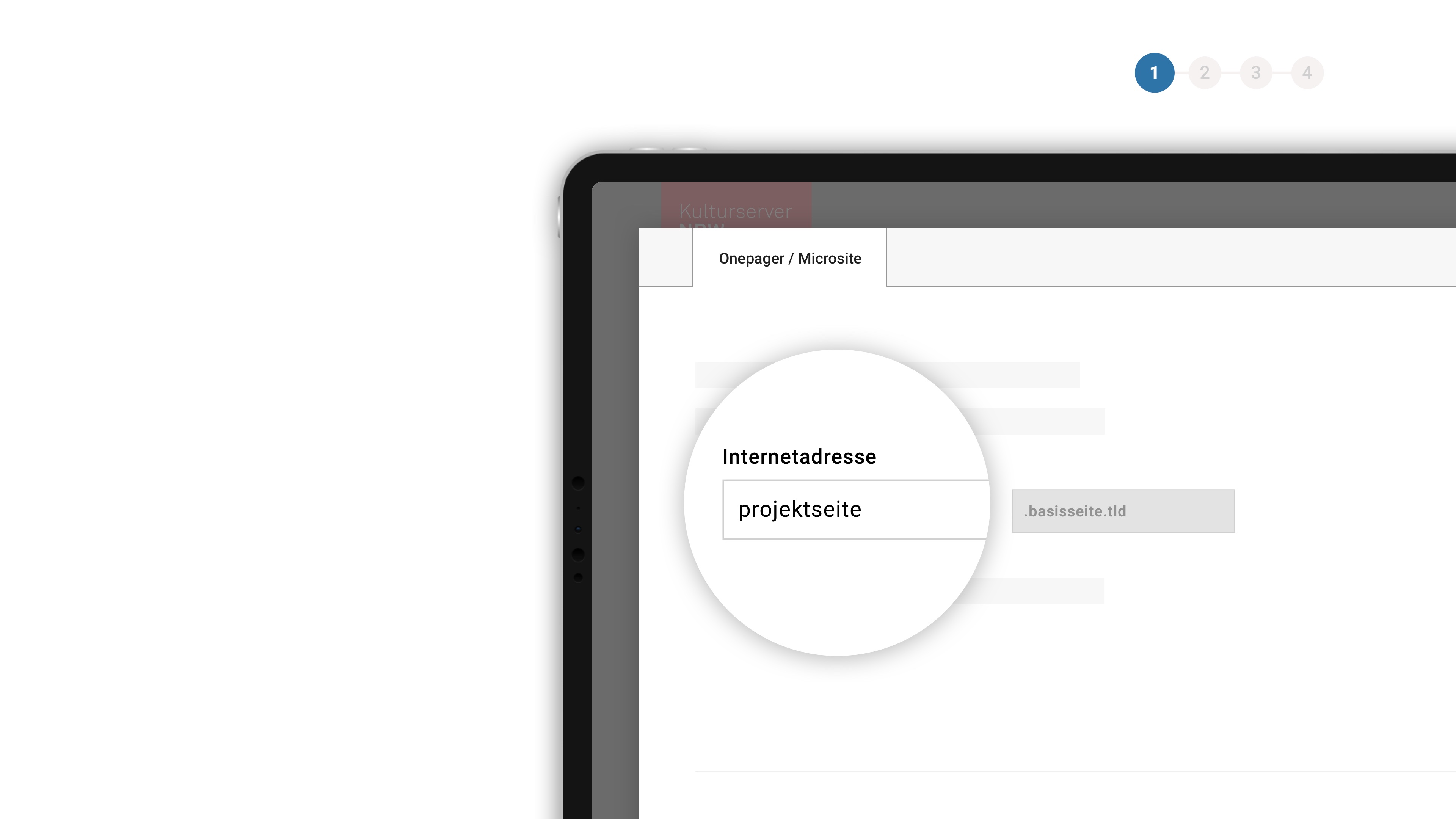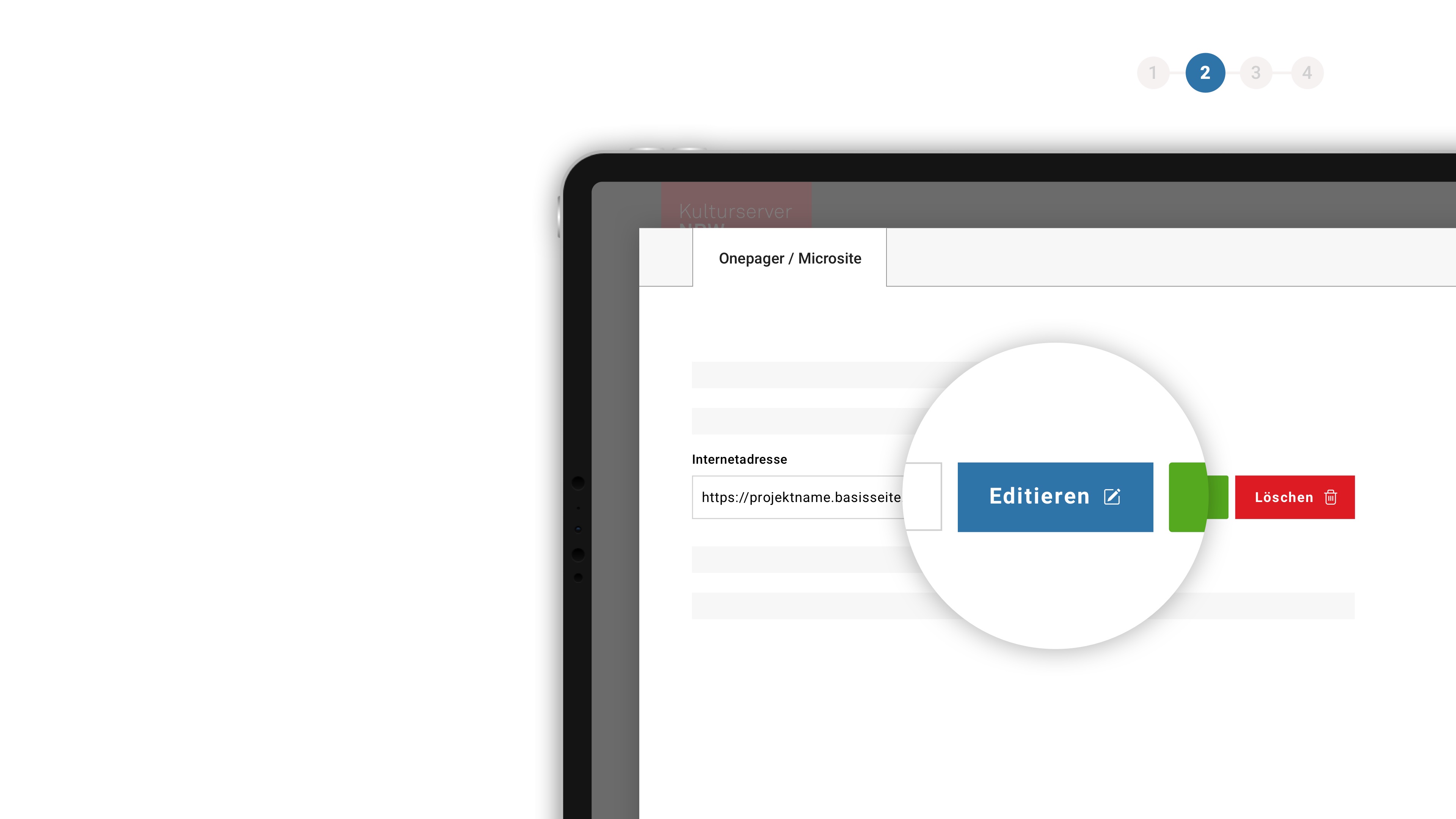Eine Erotik des Hörens - Deutsche Oper Berlin
An eroticism of hearing
With the global success of his VIOLANTA in 1916, 18-year-old Erich Wolfgang Korngold became a beacon of hope in the world of opera. However, the work was forgotten after World War II. This psychoanalytical thriller is now being rediscovered
Even the first bars are unforgettable: A darkly resonating murmur of contrabass, cello, piano and deep bell, accompanied by a mysterious brass harmony, before the oboe, chimes, harp and high strings raise the tone upward without compromising its feverish tension. These three bars open up the floodgates, the current pulling the listener unabated through the entire piece. This is the beginning of Erich Wolfgang Korngold’s VIOLANTA, a masterwork by a composer who was just 18 years old when it premiered under Bruno Walter in Munich on 28 March 1916.
The fulminant orchestral introduction—which, unlike many other contemporary, single-act works such as SALOME and ELEKTRA, spans about five minutes—is followed by a psychological thriller set in the Italian Renaissance, as was the trend in theatre at the time. It tells the story of Violanta, a beautiful Venetian woman married to the strait-laced military commander Simone Trovai. But Violanta becomes distant from him after her sister Nerina committed suicide to escape the shame of having been seduced by Alfonso, son of the king of Naples. In the midst of Carnival season, which Simone derides as a bastion of sin and vice, Violanta seeks vengeance. Disguised as a dancer, she lures Alfonso into her home and convinces Simone to kill the treacherous "ladies' man" during their rendezvous. Simone consents when Violanta warns him that, "hate and love [...] are brothers in the heart": "How, when I once coveted / that which now makes me shudder?" And this is exactly what happens: While spending time with Alfonso, Violanta lets slip that she has felt a passionate love for him since they first met. The two share a moment of utmost intoxication before Violanta gives Simone the signal—only for the dagger intended for Alfonso to strike Violanta instead. "Give thanks, you severe man / your wife is now yours again!" says Violanta to Simone as she dies, revealing that she was only able to achieve the "greatest salvation" upon death: a state "free of guilt and lust."
The plot was devised by librettist Hans Müller, loosely inspired by Titian's portrait of an unknown woman, given the beautiful name "Violante" for the violet in her décolleté (1510/15; still housed at the Kunsthistorisches Museum in Vienna). However, the Renaissance setting must not be taken at face value. It merely serves as the backdrop for the psychological chasms that distinguish Korngold's opera as a contemporary work par excellence, influenced just as much by psychoanalysis as by the life philosophy of Friedrich Nietzsche. It is by no means about Violanta, a presumably "weak" woman, simply submitting to the seductive tricks of a playboy whom she actually wishes to punish. Alfonso is a whole other type of "ladies' man", an incarnation of the riotous Dionysus who comes to wreck the moralistic narrow-mindedness of Violanta's limited world. Virtue, modesty, chastity, the Christian principles instilled in Violanta since childhood, are revealed in the words of Nietzsche to be "vampirism", a "ruse to drain one's vitality and blood." Korngold's music lends the mechanisms of compulsive instinct suppression and ecstatic indulgence a downright shocking intensity. The ending, composed in a relentless minor key, does not depict a comforting death by deliverance, but rather underlines Violanta's self-sacrifice as the ultimate consequence of the heresy to which she feels she owes the preservation of her "purity" until the very end. This is not dissimilar to what Countess Fanny zu Reventlow, icon of Bohemian life in Schwabing, postulated about "erotic feminism" in 1899: "Enough of this talk about women being monogamous! They are because you force them to be! Because you teach them duty and abstinence when you should be teaching them joy and desire."

With their opera, Müller and Korngold litigate the criticism of an idea of women that was still prevalent in the 1910s and described in unsurpassable detail by Stefan Zweig in his The World of Yesterday, in the chapter "Eros Matutinus": "This 'societal moral' that required the presence of sexuality and its natural course in private yet did not wish for it to be expressed in public [...] was doubly disingenuous. [...] Convention itself had to tacitly admit that men feel and are allowed to feel urges. Yet to honestly admit that women are equally capable of such, that creation itself requires a female polarity for its endless purposes, would violate the idea of 'women's sanctity'." The consequences of such bigotry are seldom depicted as radically as they are in VIOLANTA: The tragedy of the eponymous character is the tragedy of a society that sins against life out of a false awareness of what sin is, and the resulting spiritual harm of doing so is revealed through psychoanalysis. The opera very clearly depicts Vienna around 1900 in the guise of 15th-century Venice. Even the fact that Korngold, born in 1897, was going through puberty when he wrote his opera between 1914 and 1916 may have played a crucial role here, at least when one considers Stefan Zweig's sharp self-diagnosis concerning his own teenage years: "This dawning of puberty now seems to be an entirely private problem that every growing human has to wrestle with in their own way [...]. But for our generation, it extended beyond your own personal sphere. It was a dawning in another sense as well in that it taught us to view the societal world we grew up in and its conventions with a more critical eye."
It is not this backdrop alone that makes the radical nature of the piece so remarkable, but also the blazing intensity of the musical language used within it. The iridescent orchestral music combines with Korngold's ability to craft scenes of utmost dramatic tension, which the audience follows breathlessly and which repeatedly discharge in broad, melodic arches. Here, too, are the suppression and indulgence of instincts in the spirit of an erotic culture of hearing, like that which distinguishes the opera that serves as a sort of continuation of VIOLANTA, DAS WUNDER DER HELIANE. Indeed, it is quite concrete, as tradition holds that Hans Kaltneker wrote his mystery Die Heilige—the literary model for DAS WUNDER DER HELIANE—for Korngold after being inspired by a performance of VIOLANTA at the Wiener Hofoper (presumably in 1917). The fact that VIOLANTA now follows the production of HELIANE at the Deutsche Oper Berlin is not only consistent in this regard: Korngold has yet to be rediscovered as a stage composer beyond his most well-known opera DIE TOTE STADT. There is no better opportunity than VIOLANTA, the power of which is unmatched in modern musical theatre.
Arne Stollberg is a professor of Historical Musicology at Humboldt University in Berlin. He and Friederike Wißmann lead the “Erich Wolfgang Korngold Edition”, a project by the Berlin-Brandenburgische Akademie and the Akademie der Wissenschaften und der Literatur Mainz. His research focuses on music history, with emphasis on musical theatre from the 18th century onward. Arne Stollberg has published a range of publications on Korngold and is currently working on a more large-scale monograph on the composer.





